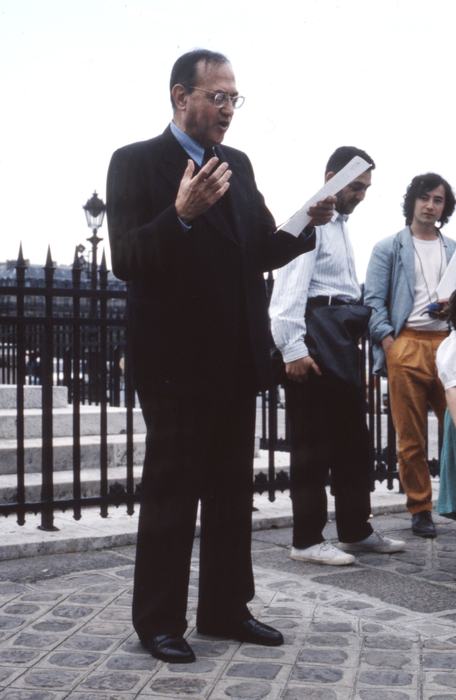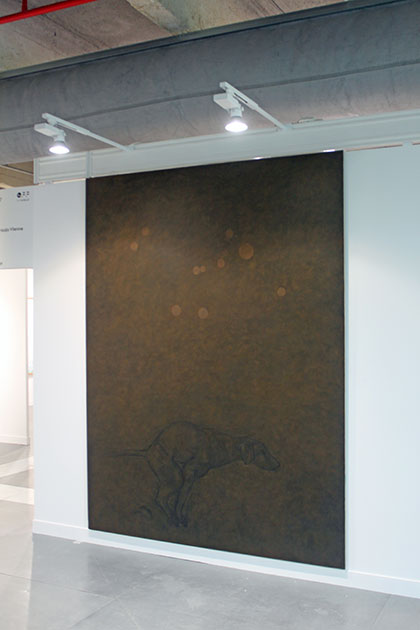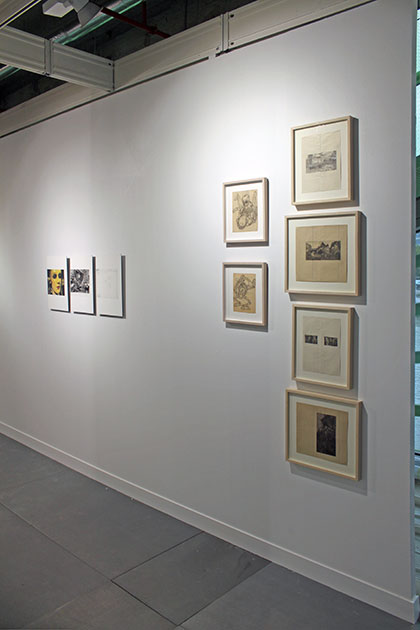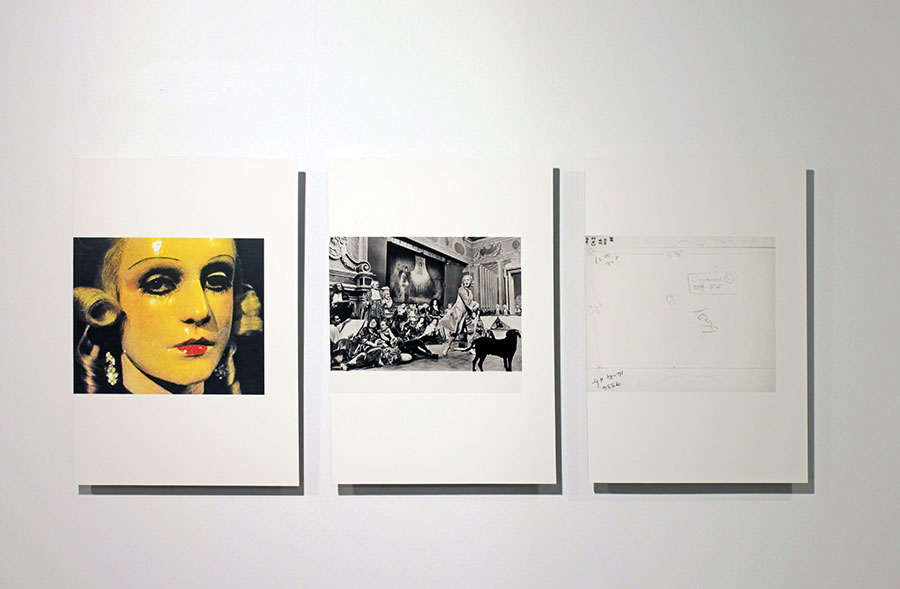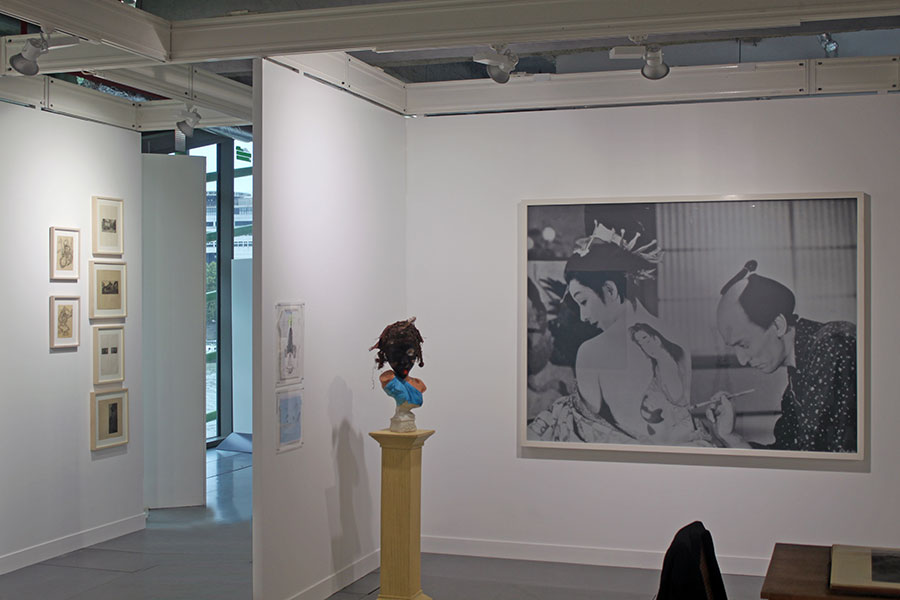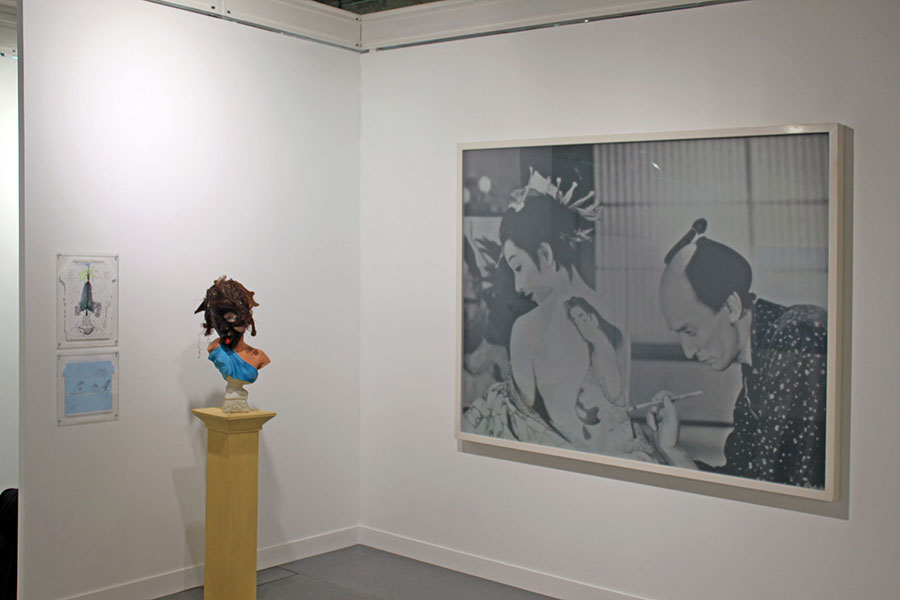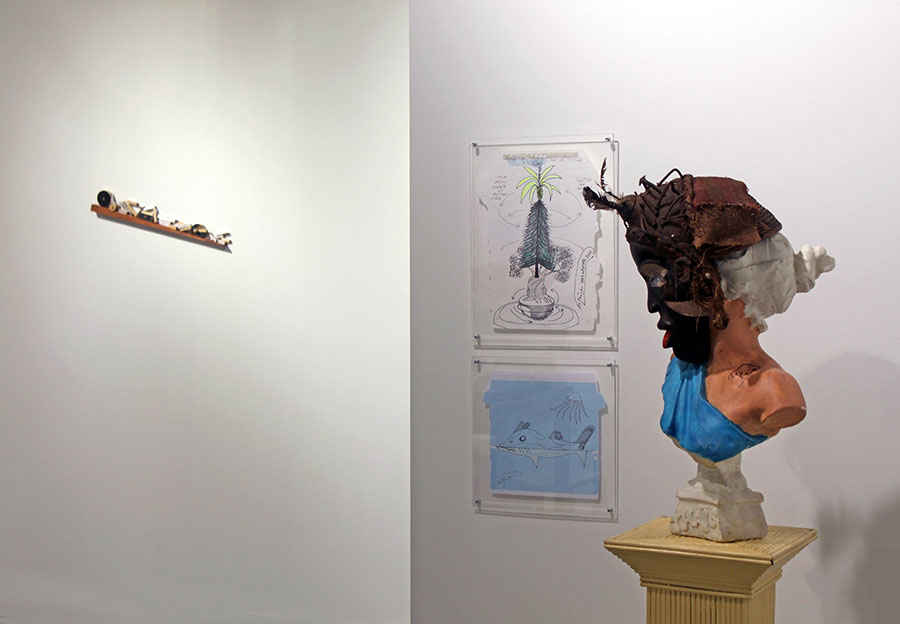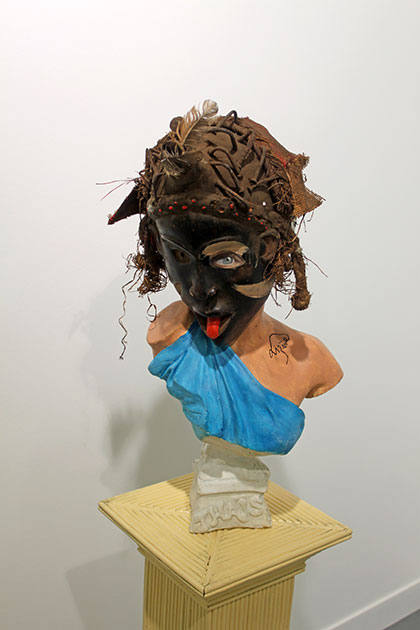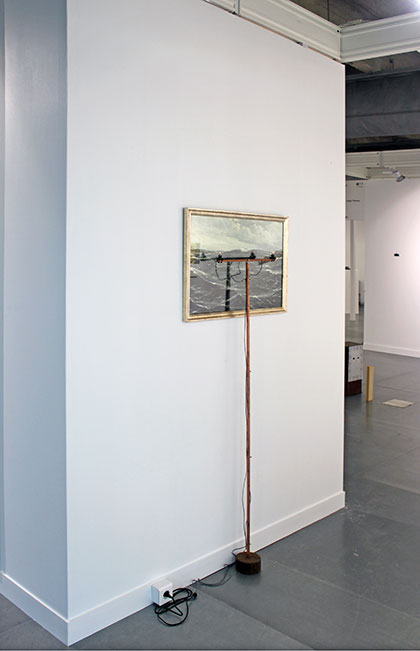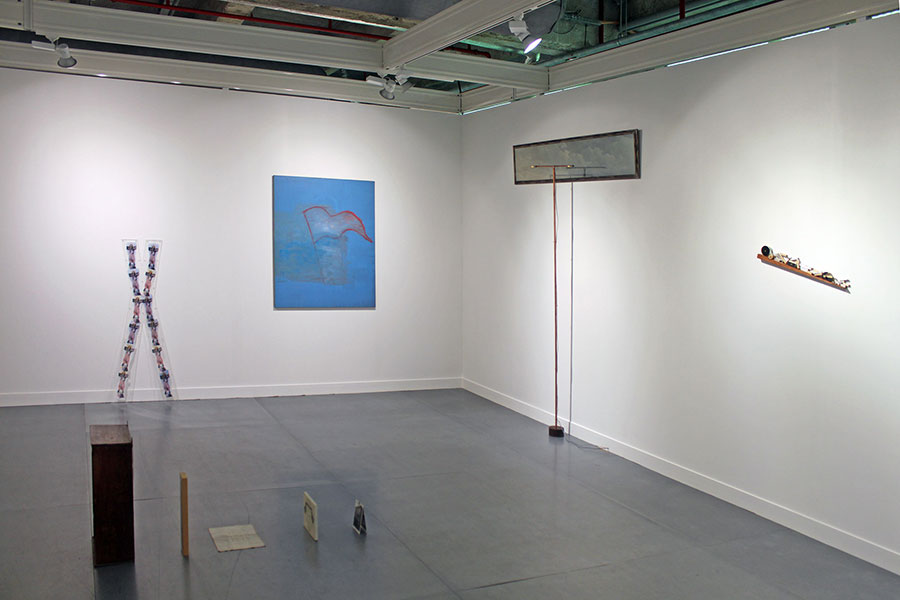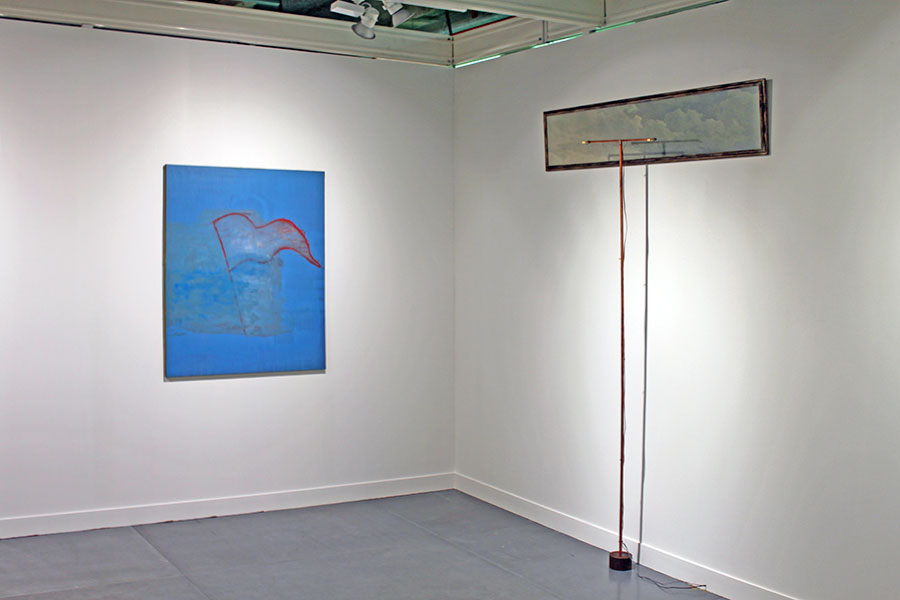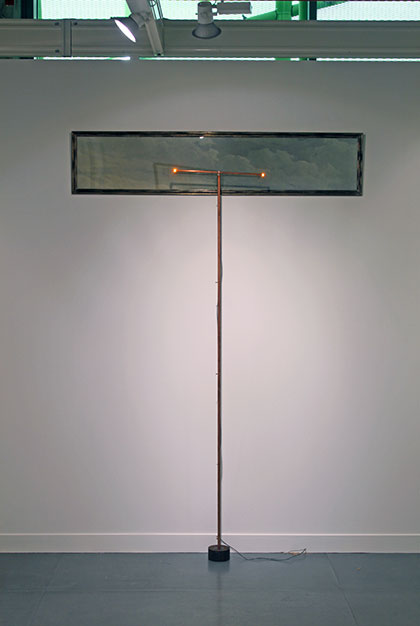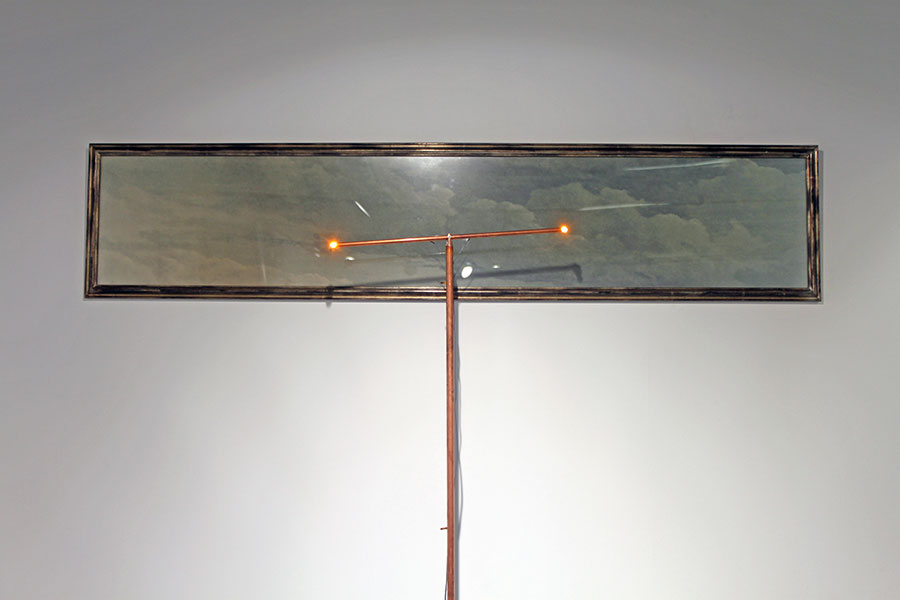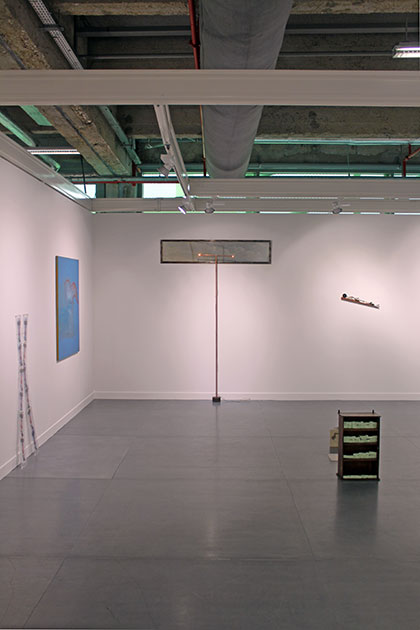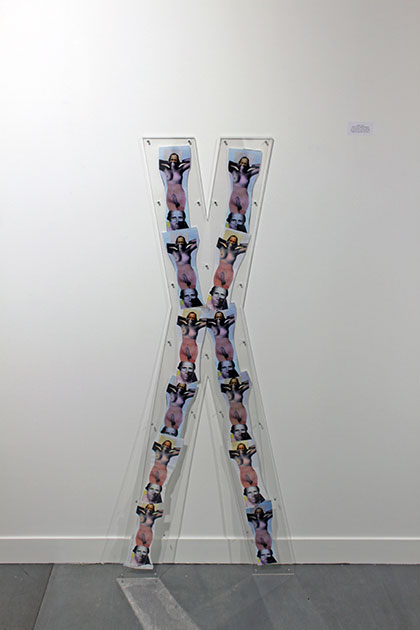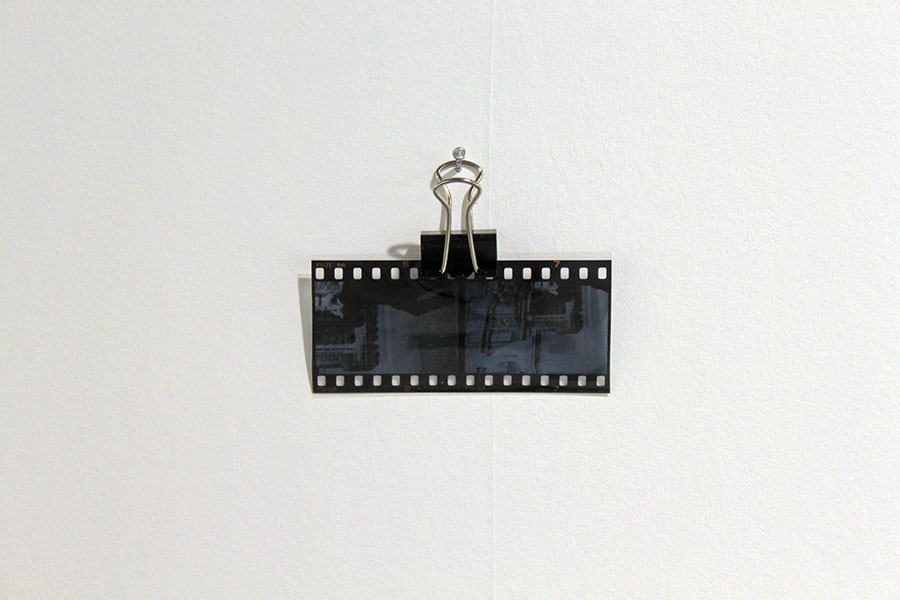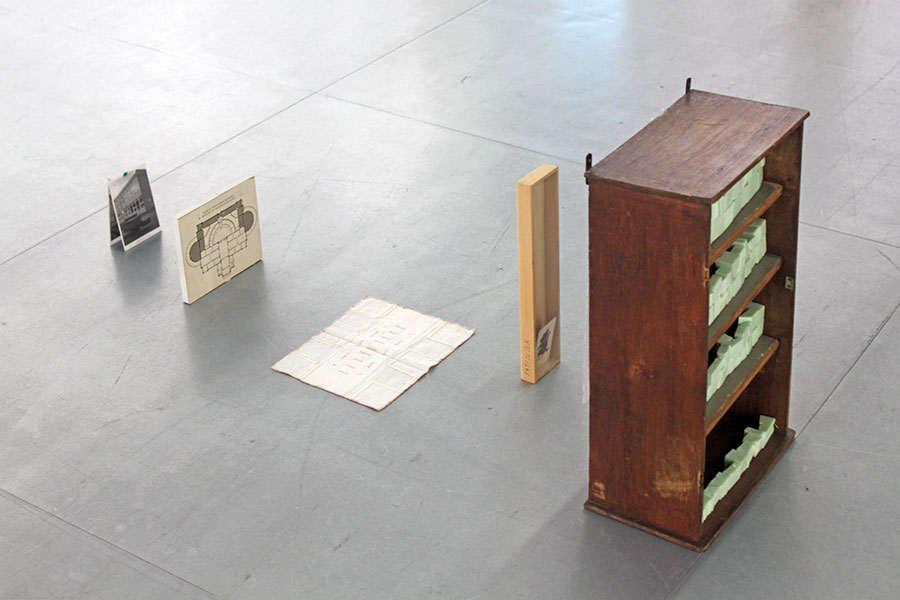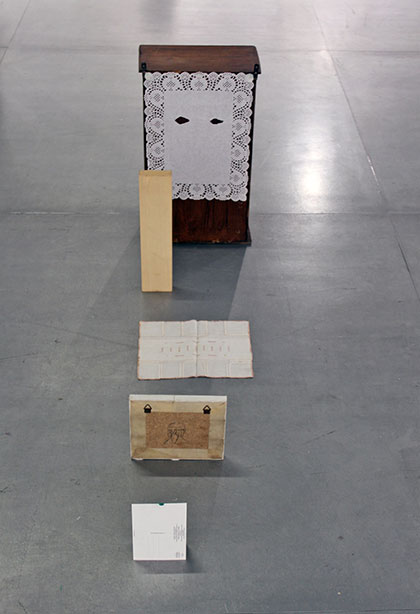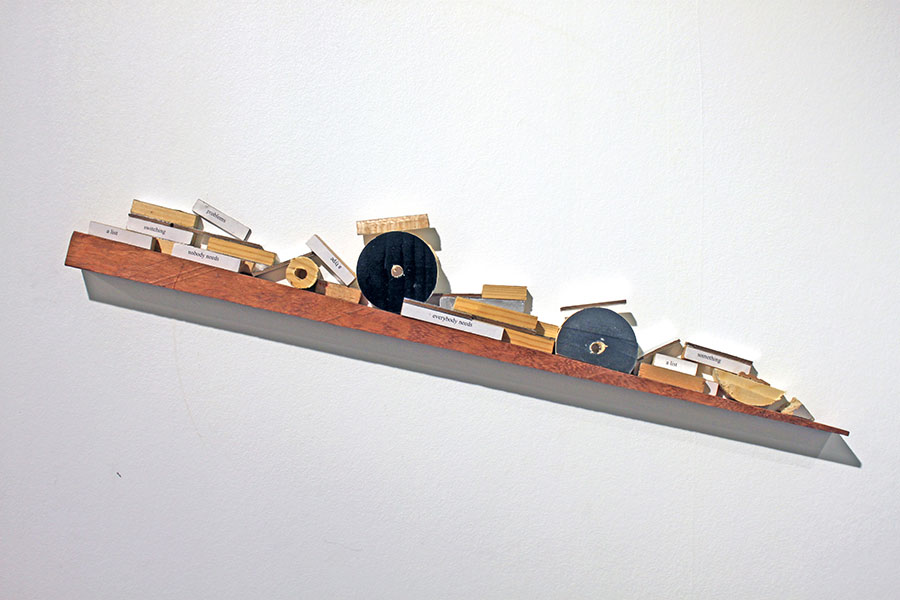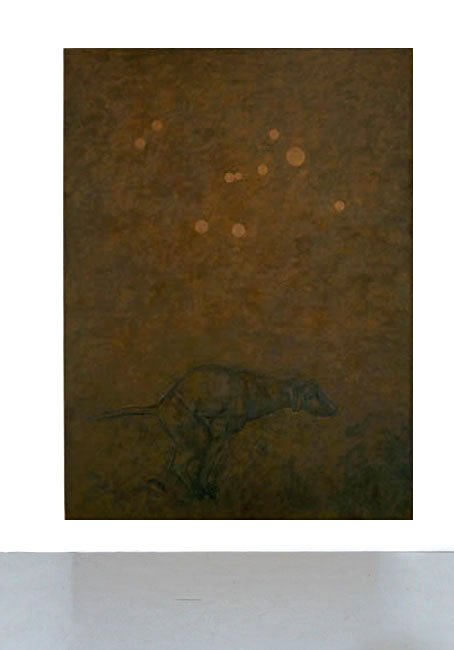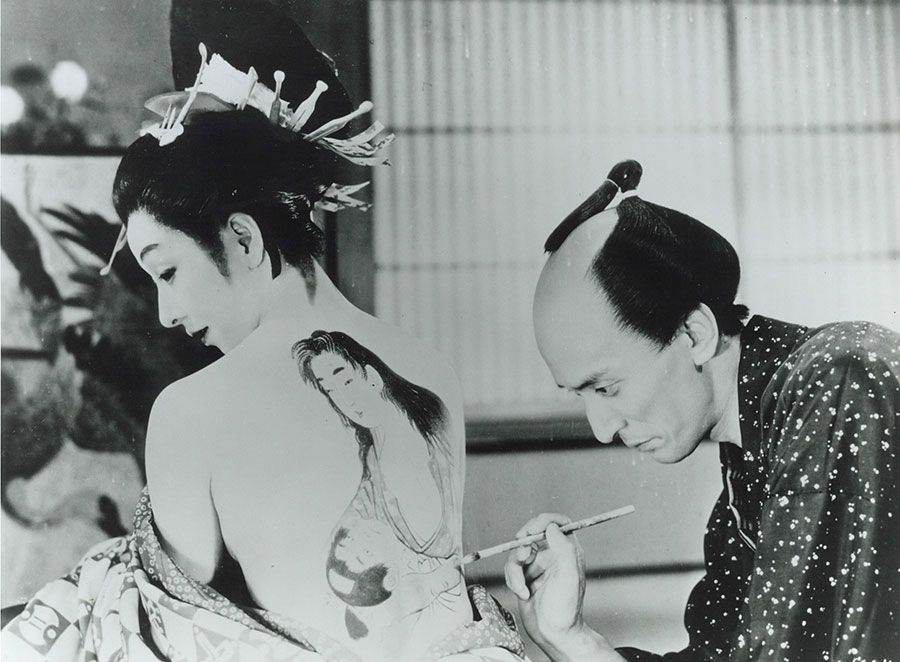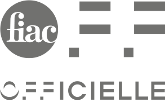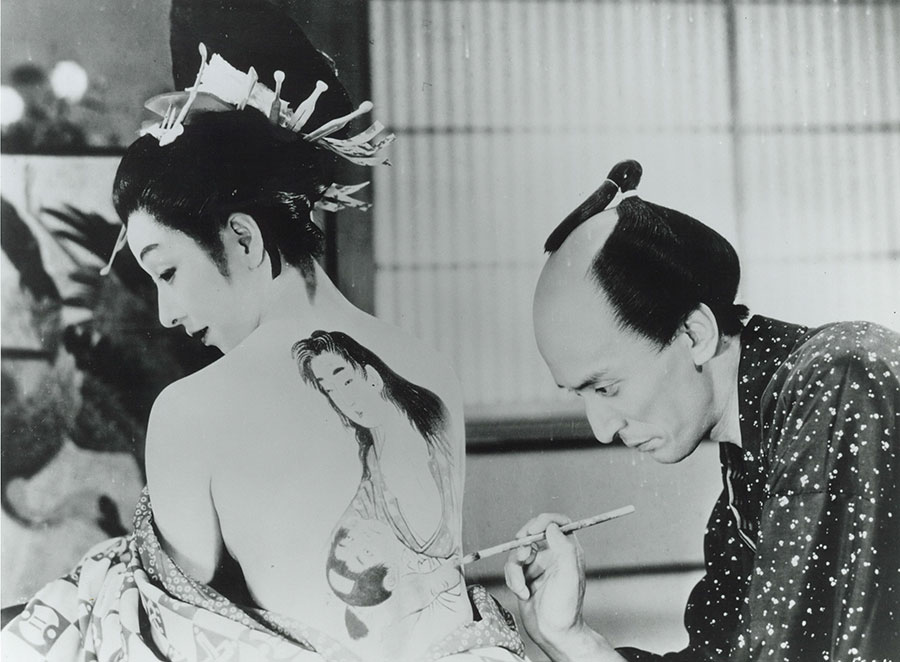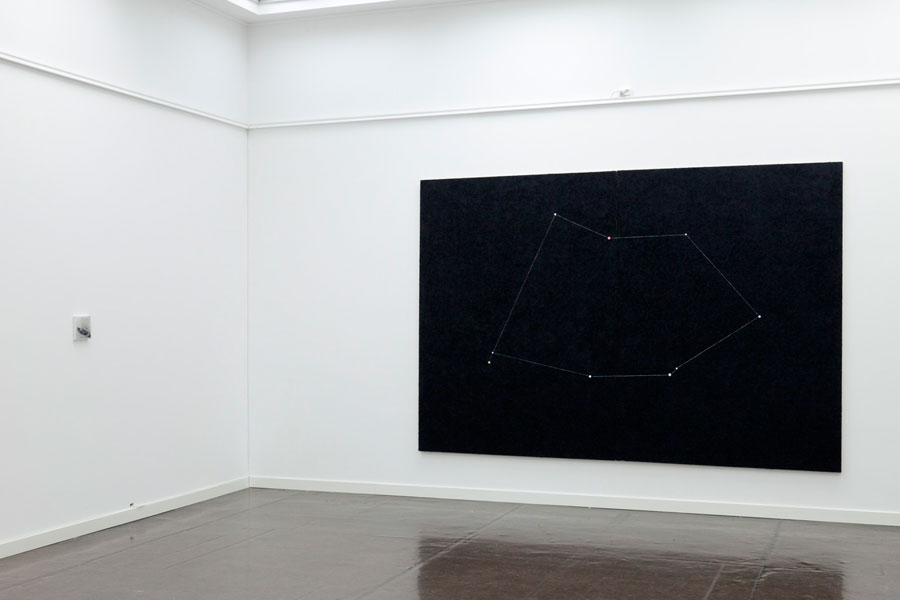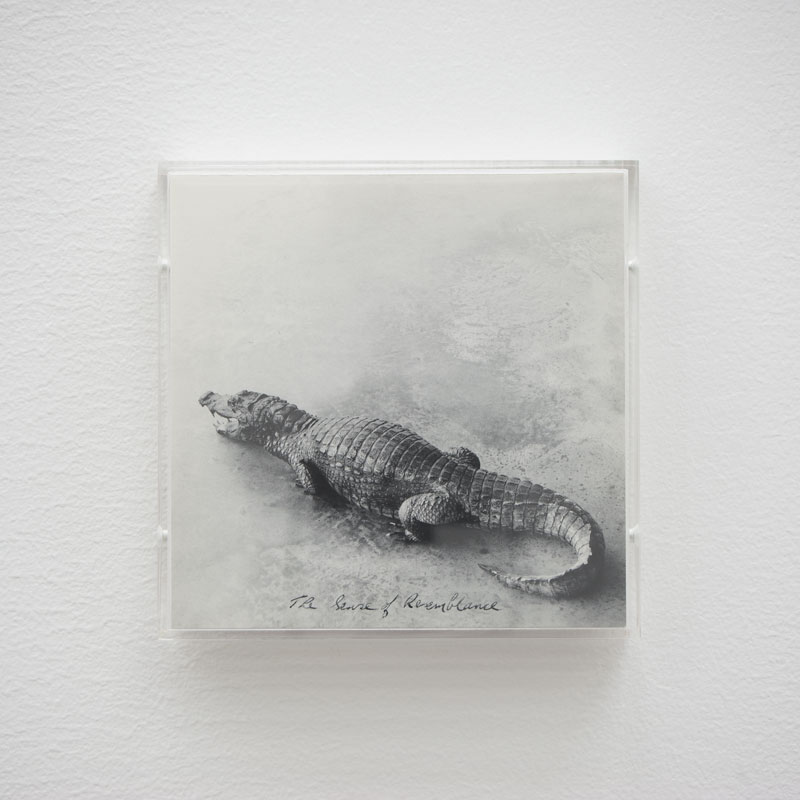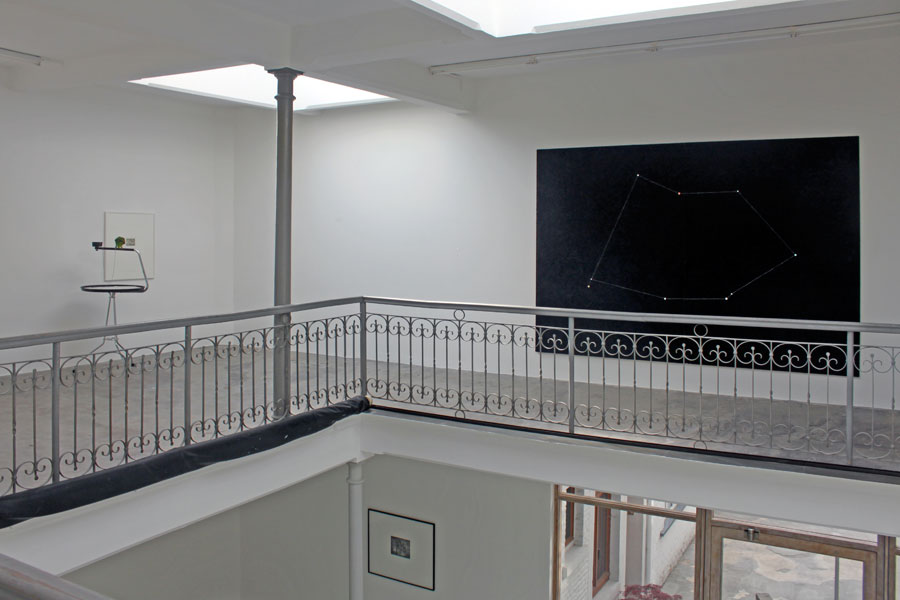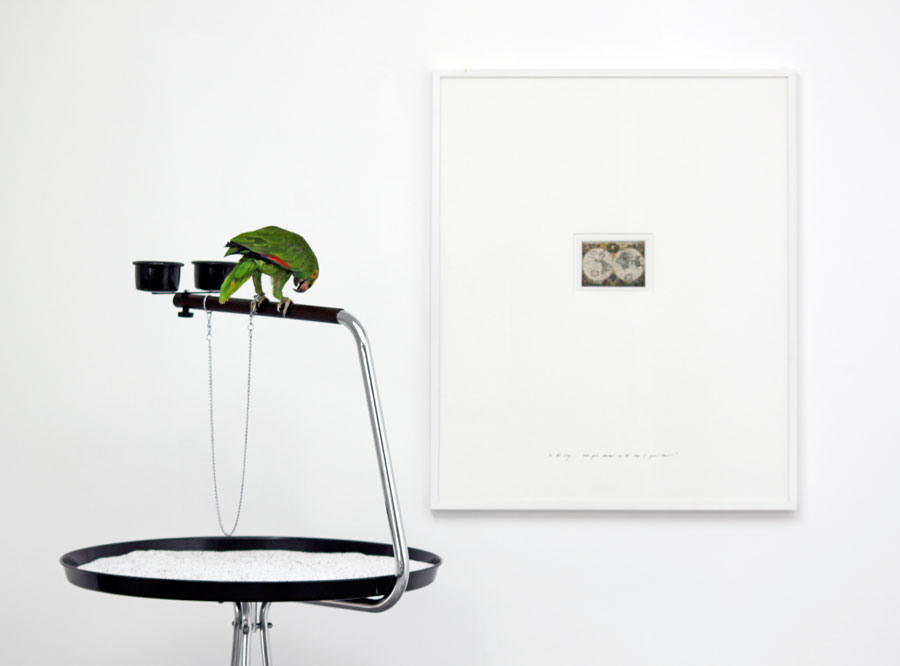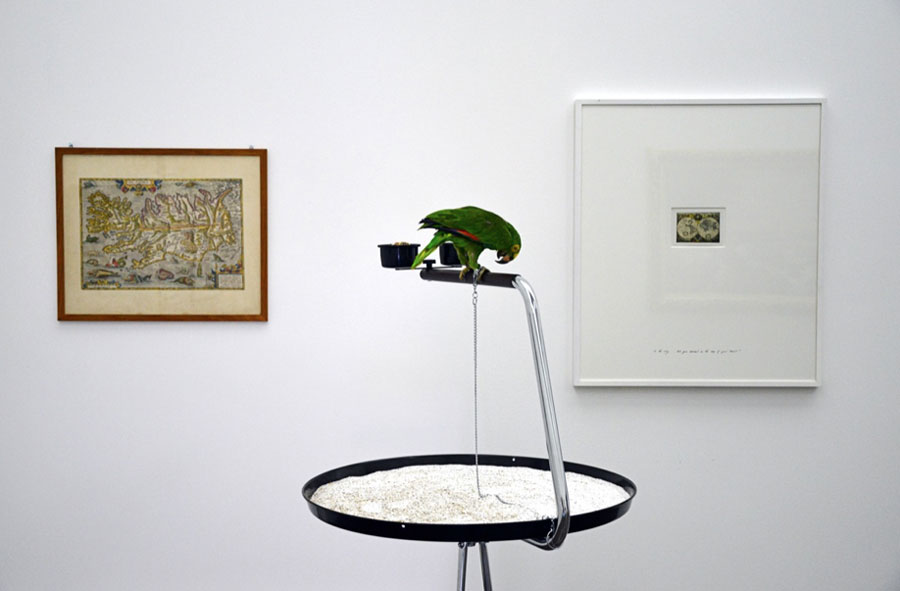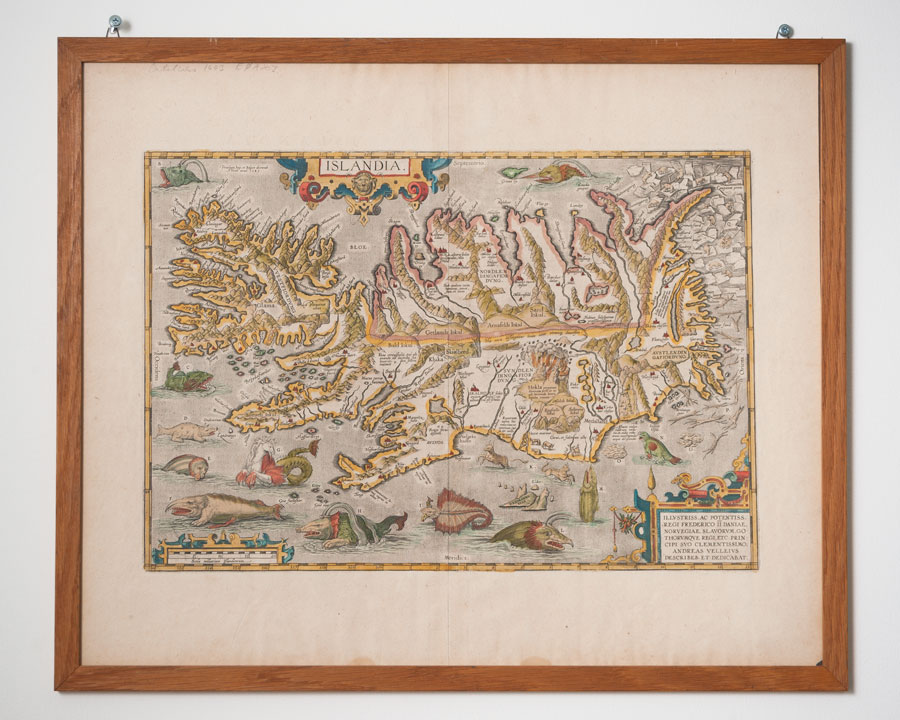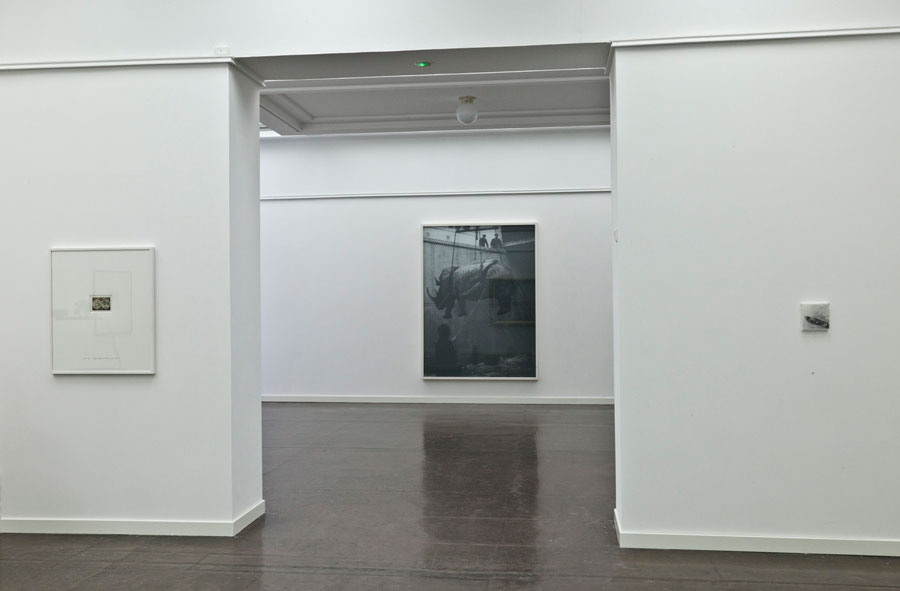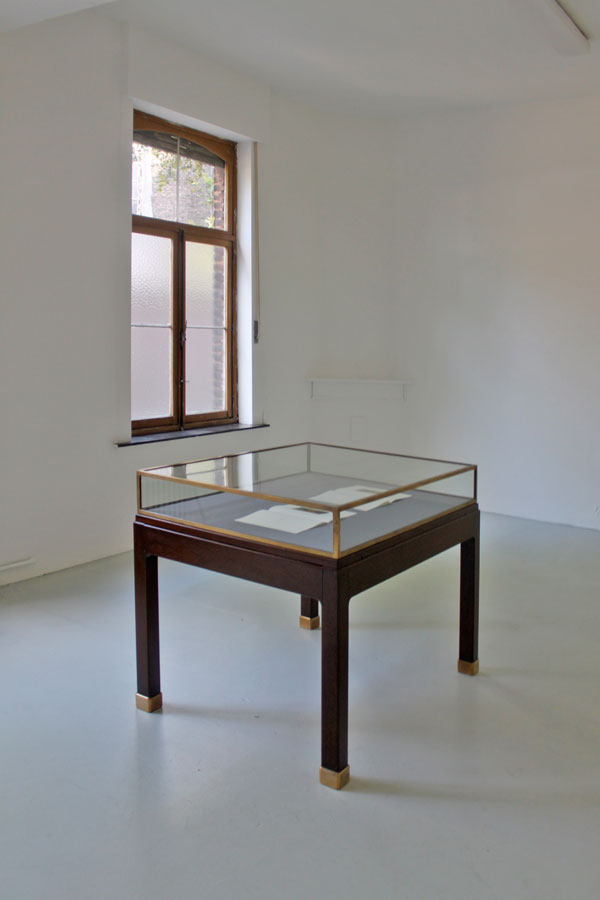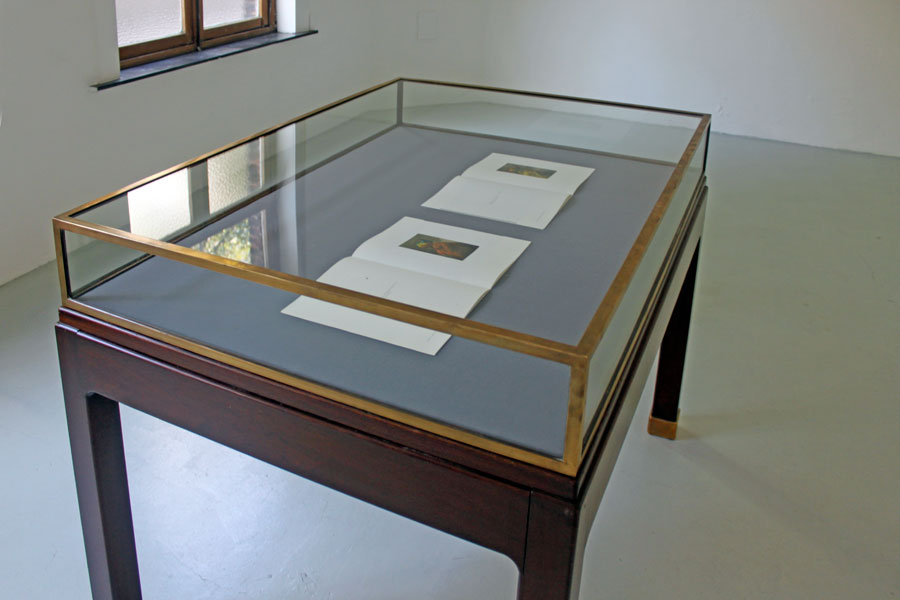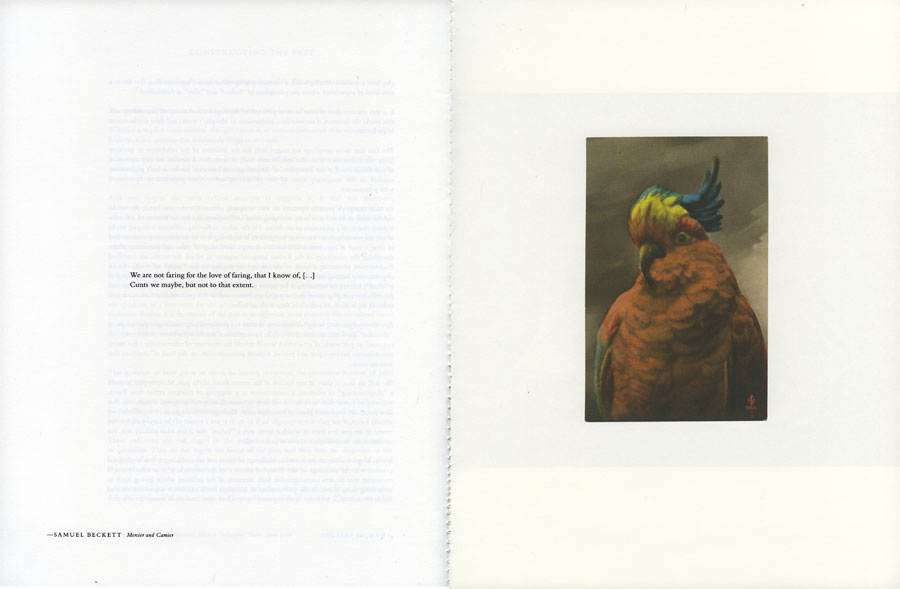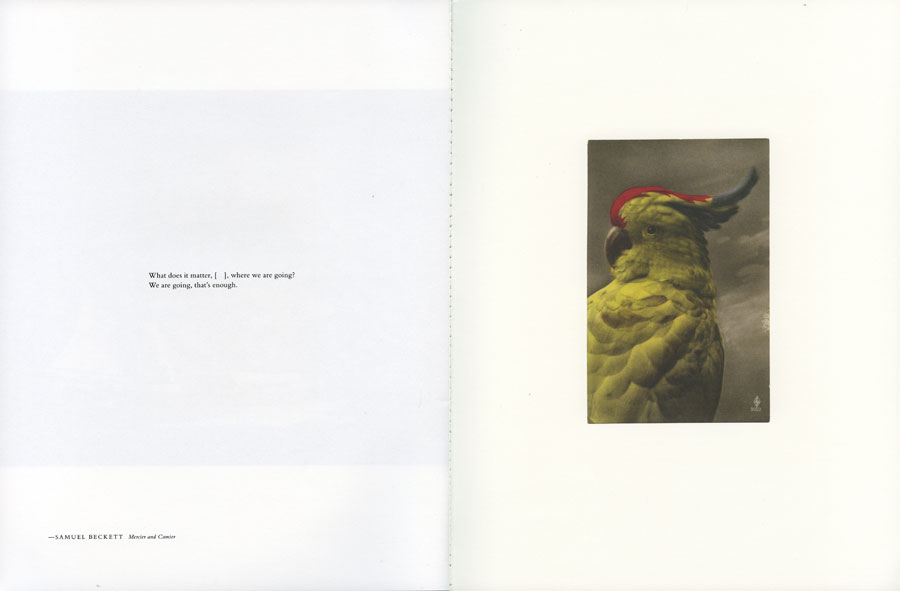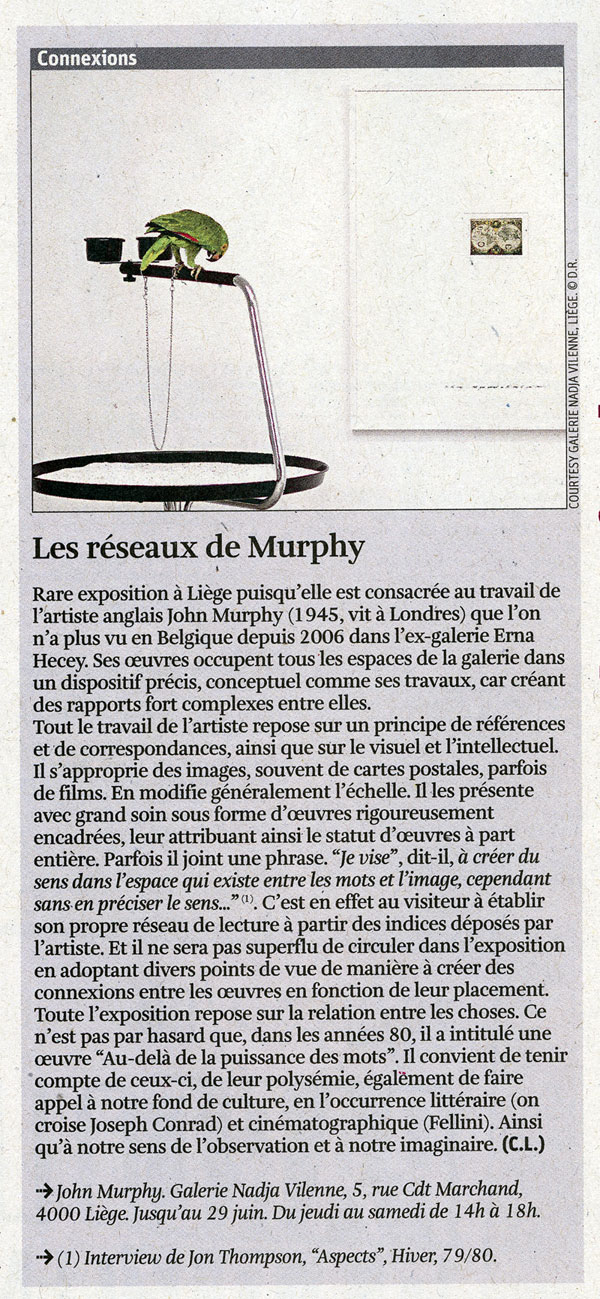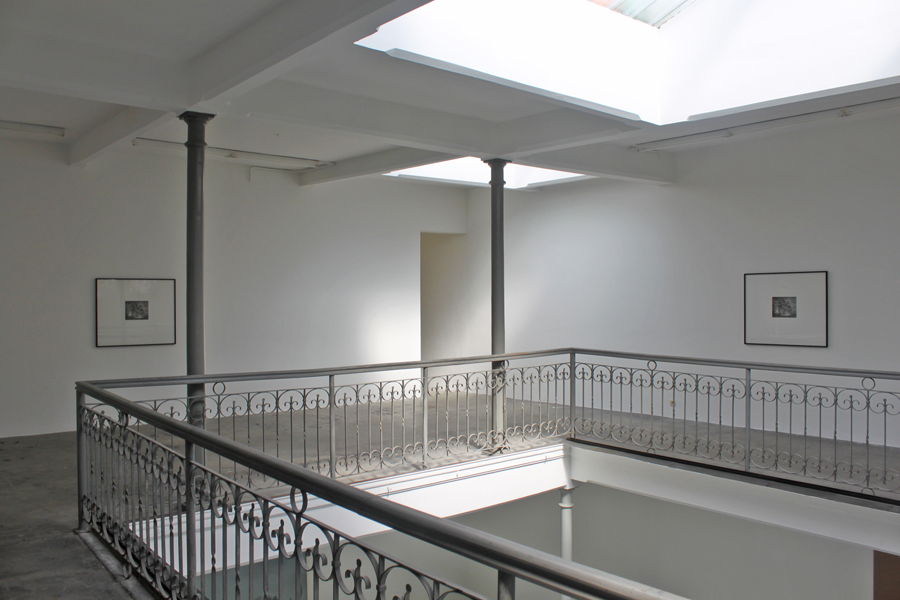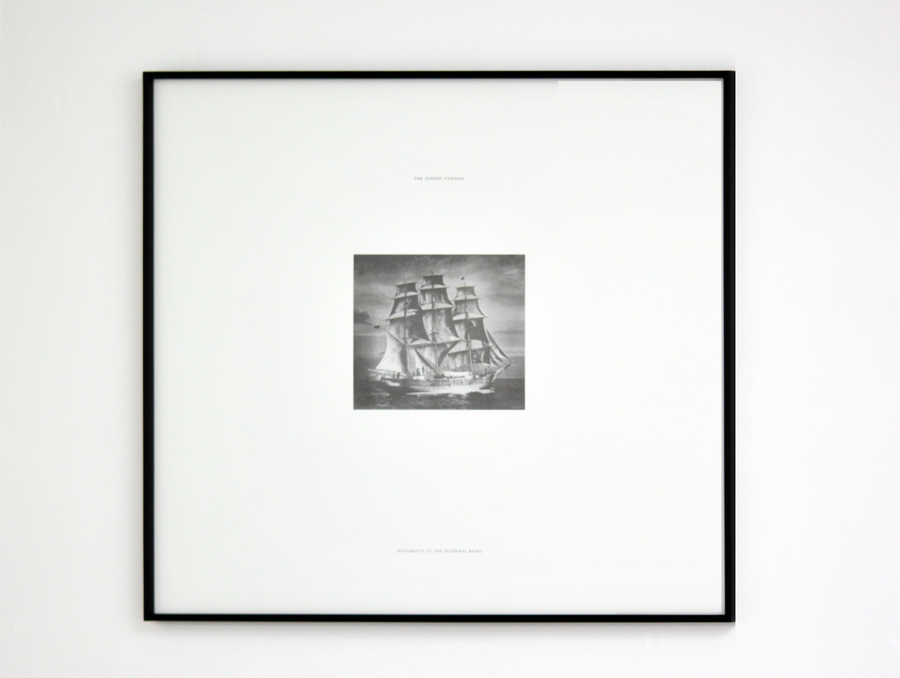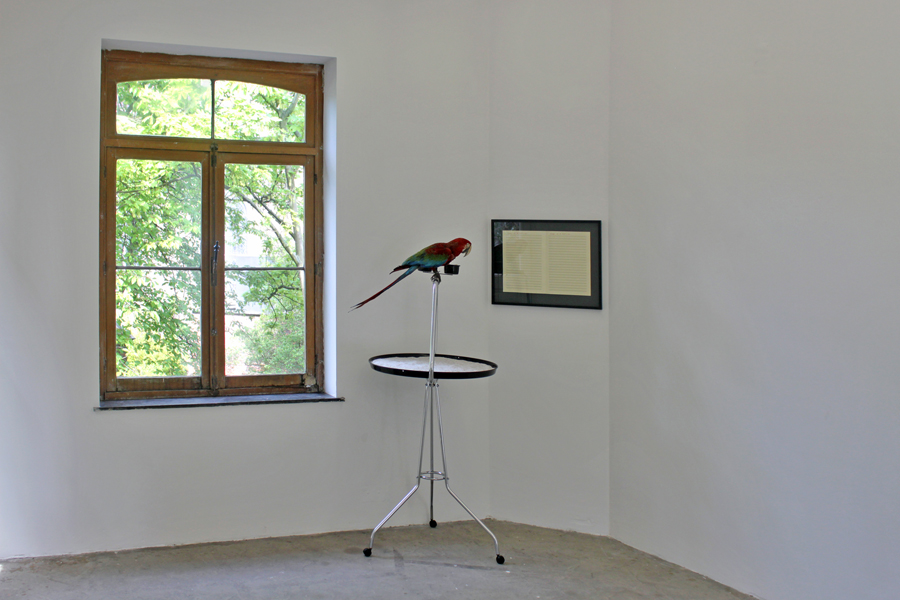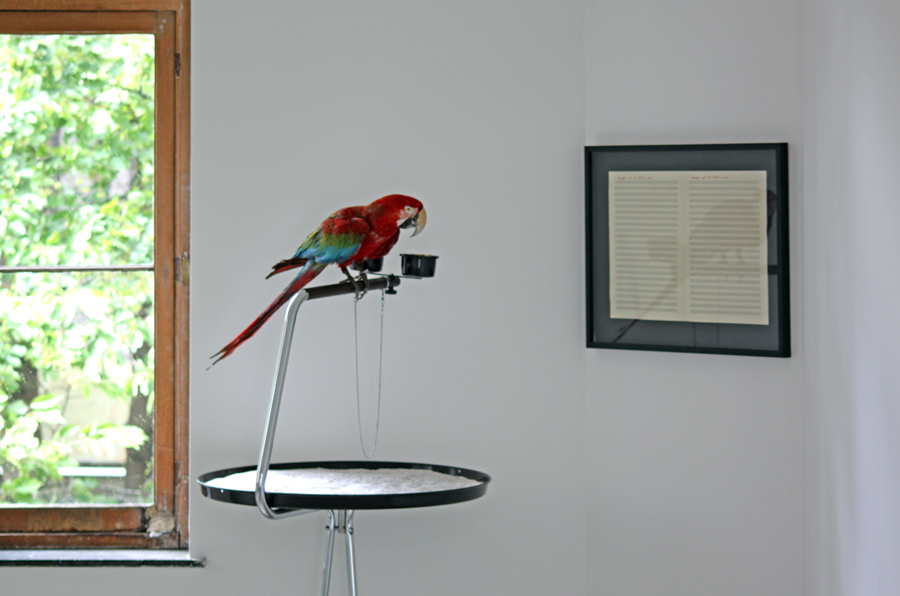Plastic Words
13 December 2014 to 30 January 2015
Isidore Isou reading his manifesto of cultural and meca-aesthetical wrapping (Œuvre d’anti-emballage et de super-emballage, 1985) on the Pont-Neuf, Paris, on 26 May 1987
Photographer unknown. Courtesy and copyright: Archives Eric Fabre
Organised by John Douglas Millar, David Musgrave, Luke Skrebowski, Natasha Soobramanien and Luke Williams.
Raven Row plays host for six weeks to a series of public events that mine the contested space between contemporary literature and art.
Taking this space as a starting point, the participants – including leading writers, visual and performance artists – reflect on the possible overlaps, parallels, tangents and interferences between some of today’s most adventurous forms of writing and art making. The variety of formats reflects the diversity of the contributors, spanning readings, performances, panel discussions and publishing experiments.
A companion display curated by Antony Hudek entitled Marginalia with artworks by Eleanor Antin, Isidore Isou, John Murphy and Philippe Thomas, will be on view during events. Antony Hudek will give tours on the 8, 15, 22 January from 1–2pm. Please click here to reserve your space through Eventbrite.
At each event, the pop-up bookshop Luminous Books will present a selection of titles written by and related to the speakers in Plastic Words and will host a selection of artist novels curated by The Book Lovers, a research project by David Maroto and Joanna Zielinska. For the final event in the series, Luminous Books will join forces with print-on-demand publishers Publication Studio, for its first London appearance.
All events are free. Except for the opening event, reservations are strongly encouraged.
[sociallinkz]
